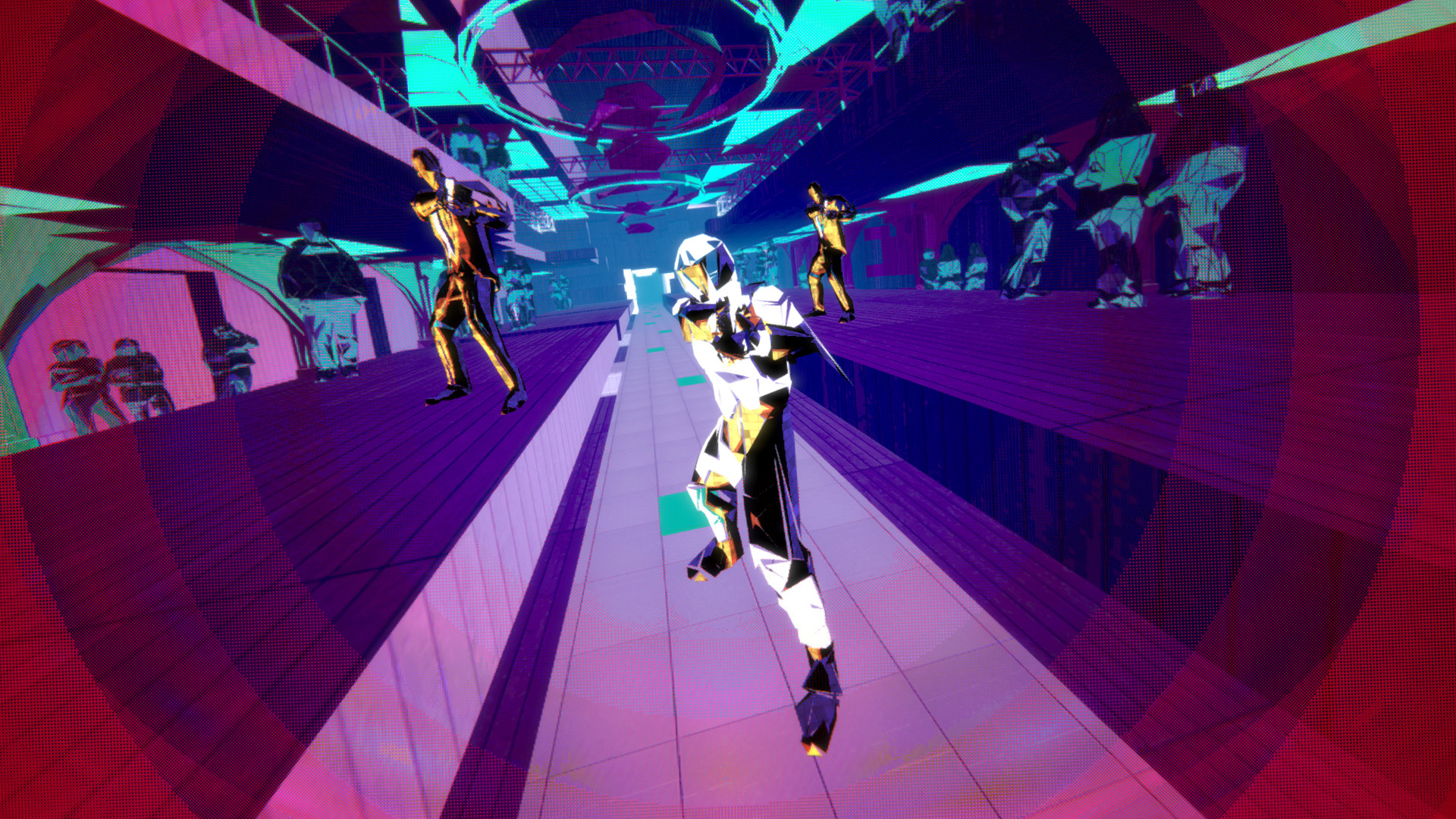I’ve never been much of a hardware guy. I always got my kicks from the software side of things, perfectly happy to play a game on the lowest graphical settings so long as I’m able to experience the narrative and game design laid out before me. Upgrading my PC was always only undertaken “when absolutely necessary” and so I usually lingered a bit behind the curb when it came to the cutting edge of PC technology. Although recently that has changed.
I was given a swift kick up the backside earlier this year when a new game released from one of my most loved franchises and I didn’t have the processing power to play it. That game was Half-Life: Alyx. Unlike other PC releases, I wasn’t able to simply tone down the graphics settings and run the game on minimum specs. That’s because Half-Life: Alyx was a VR (Virtual Reality) exclusive title, and even if I had a VR device, I certainly didn’t have a computer that could support VR tech. Fast forward to now and I’m finding myself absorbed into the world of Half-Life: Alyx as I stream the game from my brand new Alienware computer to my wireless Oculus Quest, all facilitated by a super fast and latency free internet connection and top of the line modem. It’s finally happened. I’ve become the hardware guy.
The current state of PC Virtual Reality
VR tech right now feels like it’s in a really healthy space. It’s not a booming industry that’s taking over gaming, but slowly and surely we’re getting new VR releases that keep the platform fresh and new technologies that push the platform forward. This year alone we saw the release of the biggest VR game to date in Half-Life: Alyx and playing the game feels almost indescribable. It’s an experience unlike any other game with a feeling of immersion and interactivity that’s unparalleled in anything else I’ve yet tried. Other games like Boneworks and The Walking Dead: Saints & Sinners continue to successfully explore what the platform can do when it comes to traditional game design, physics, and the good ol’ first-person shooter. Whereas other titles like Beat Saber and Tetris Effect remain as staples in visual and auditory triumph and the kind of game any VR owner should experience.

Personally I’ve spent a lot of time with a range of different VR games recently. Half-Life: Alyx and Beat Saber have seen the most play time for me. Although I couldn’t help but try out a range of other VR exclusive titles that included Pistol Whip, Bullet Roulette, Blade & Sorcery, Acron: Attack of the Squirrels!, Gun Club, and probably a heap more I’m forgetting. I also utilised a program called Virtual Desktop to access my Steam library allowing me to jump straight into a bunch of games I already owned that have VR functionality such as Subnautica, Hellblade: Senua’s Sacrifice, Thumper, Keep Talking and Nobody Explodes, and more.
The games I’ve experienced range from tiny indie darlings with a small scope and budget to some of the biggest, most ambitious titles available. And every single one so far has had something fresh and interesting to offer. It’s kind of a new world of gaming, at least for me.
The tech behind the VR
Whilst I could talk about the software (the games) forever, I would be doing a disservice if I didn’t properly discuss the hardware needed to recreate my incredibly positive experiences with VR. The Oculus Quest isn’t the most powerful VR device on the market. Whilst its graphical output is certainly more than passable, other devices such as the HTC VIVE or Oculus Rift will outclass the Quest when it comes to visual fidelity. However the Quest does have two big things going for it, and that’s portability and versatility. Whilst other devices will have you wired into your PC, I was able to clear a large playspace in my living room downstairs, far away from any PC, and play Beat Saber for hours unhindered by wires. I have to assume this lightweight and cordless headset is the best way to play Beat Saber currently, with the only downside being that you needed to charge the device after a few hours of use (but who has the endurance to play for that long anyway?). I could also stream the game to the living room TV via a Chromecast so that my housemates could mock me for every mistake I made.
“VR capabilities simply became the cherry on the top of this expensive technology sundae.”
For more power intensive games, such as Half-Life: Alyx, the Quest would would need to be linked to a PC. This is really what has stopped me from VR gaming up until now, because a fairly powerful PC would be needed to get the tech functioning. Thankfully my new Alienware Aurora R9 Gaming Desktop was more than up for the task. Whilst the price is steep on a lot of this hardware, for those who game and use their desktops as much as I do, it becomes a lot easier to justify the price. VR capabilities simply became the cherry on the top of this expensive technology sundae.
In a moment of regretful whimsy I also decided to try out a different form of locomotion when I strapped on a KAT loco, which is a set of devices used to track your physical leg movements and replicate that movement within the game. I’m not sure if it was the wireless set up that created a large distance between my PC and the KAT loco, but the tracking was not ideal and it didn’t take long before I was unstrapped and returning to regular controller methods of movement. It was a fun experiment that I’ll have to play around with more to see if I can get it working. But as of right now it is not something I can personally recommend.
The final piece of the puzzle was the ability to wirelessly stream to my PC upstairs. For this you need a stable and fast internet connection which I’m very lucky to have considering I live in Australia. You also need a pretty decent modem to ensure latency doesn’t negatively impact your play experience. For full transparency my household has fibre to the curb (FTTC) NBN which gets 80mbps up and 20mbps down during peak times. We also have an Asus DSL-AC68U modem router which provides super fast wireless speeds. For those without a fast connection, you can also utilise an Oculus Link, although you will be sacrificing the sweet feeling of freedom that washes over you after breaking free from cumbersome wires.
Where do we go from here?
It’s a little bit of a fascinating and scary world when you attempt to keep up with the latest and greatest in modern technology. As I mentioned earlier, I’ve always been the software guy, not the hardware guy. Although I can comfortably say that these new pieces of hardware have allowed me to have a gaming experience completely different from anything that came before it. And now we sit at the cusp of a new console generation, with the potential of a new generation of VR tech ready to change the landscape of gaming once again. There’s a lot of unknowns when it comes to the changing landscape of technology, although I can safely say my current set-up of gadgets and toys feel like they will be more than relevant for some years to come. So whilst the ever evolving ecosystem of technology may be a little scary, there’s also a sense of stability once you’ve future-proofed yourself with the latest and greatest. The next generation of consoles can’t come soon enough, because I know they’ll help to elevate the benchmark for what gaming can achieve, and I know my PC setup will be more than up to the task.
As for the future of VR itself, I actually have no idea what’s in store. It’s clear this isn’t a fad that’s about to die out as quickly as the Kinect, but will it ever reach a point where it’s accepted as a mainstream and super popular alternative to traditional gaming? I suppose we’ll have to wait and see!





